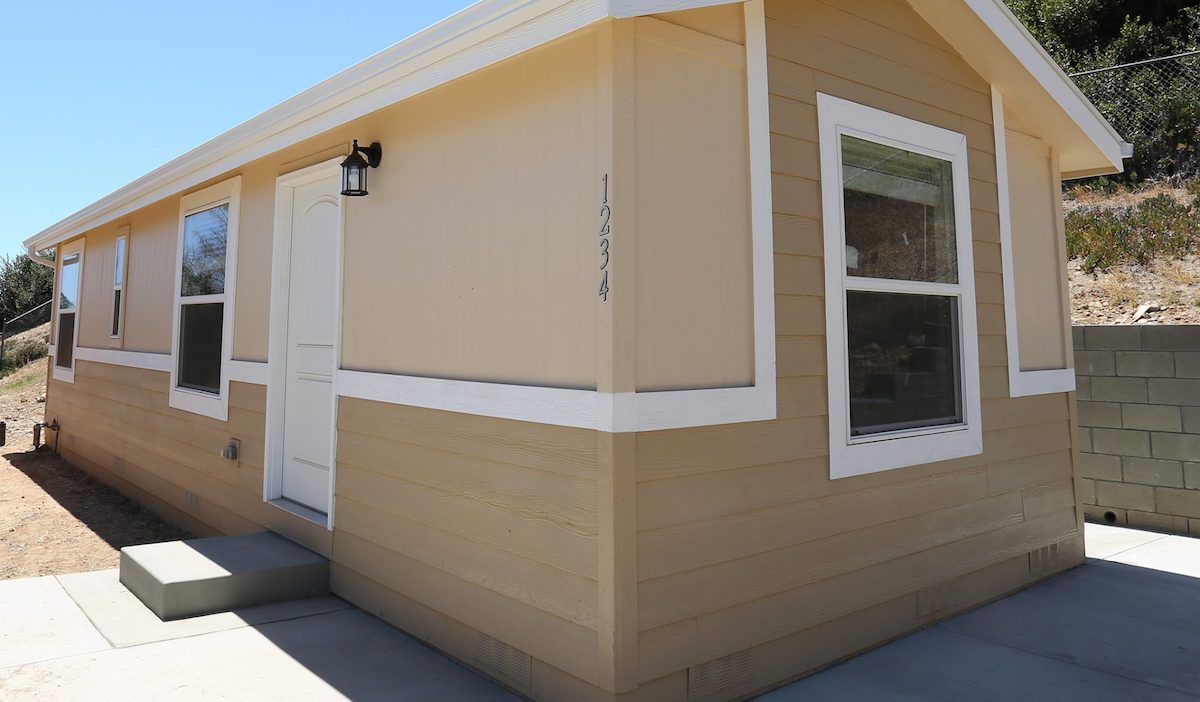How San Diego Kicked Off an Affordable ADU Building Boom

Thanks to recent YIMBY-backed reforms, California is in the midst of an accessory dwelling unit (ADU – a.k.a. “Granny flats” or “casitas”) building boom. Since 2016, new state rules have clarified and strengthened the rights of property owners to build ADU’s and junior ADU’s on their property. Since 2019, local governments have been obliged to ensure that some of these ADUs serve households with very low, low, or moderate incomes (via common affordability mechanisms like “deed-restricted” or “income-restricted” housing).
By all measures, the San Diego ADU Bonus Program is the most successful of these programs, stimulating the production of hundreds of ADUs since 2020.
In a new report for the Terner Center for Housing Innovation at UC Berkeley, researchers Muhammad Alameldin and Quinn Underriner explore what went right with San Diego’s ADU Bonus Program, and draw out the lessons for local and state policymakers.
Key takeaways:
- Local governments have an obligation to permit ADUs pursuant to statewide standards, and adopt programs to encourage the production of income-restricted, affordable ADUs.
- Since 2021, the San Diego ADU Bonus Program has allowed property owners to add an additional market-rate ADU for each deed-restricted, affordable ADU added to the property.
- This has facilitated the production of hundreds of deed-restricted and market-rate ADUs in San Diego over the past two years, substantially increasing the supply of housing at all income levels – at no cost to the city.
ADUs are modest homes that are built as “accessory” to existing homes, typically (but not always) a detached, single-family house; they’re considered “accessory” because they can not be sold separately, and are legally a part of the same property where the primary residence is located.
ADUs may carve out a portion of an existing structure—such as a basement, attic, or garage—or they may be in a new detached structure, such as in a backyard. Since statewide legalization in 2016, California has undergone a much-needed ADU building boom. ADUs comprised roughly one in four homes built in the state last year. These homes variously provide homeowners with an additional source of income, help to keep relatives close, and add housing in high-opportunity areas.
While ADUs are inherently affordable—many are rented for $0 to relatives—it’s important to ensure that all income levels are being served by this building boom. To guarantee this, the state of California passed SB 671 in 2019, requiring local governments to undertake measures to incentivize the production of deed-restricted ADUs serving households with very low, low, or moderate incomes.
If permitting data is any indication, San Diego’s ADU Bonus Program is one of the most successful such programs adopted to date.

The program is simple: In San Diego, for each deed-restricted ADU that the property owner builds, she is granted the right to build an additional market-rate ADU. The deed-restricted ADU must be rented at rates affordable to households earning 110% of the area median income (AMI) for 15 years, 80% AMI for 10 years, or 60% AMI for eight years.
In Transit Priority areas, property owners may use this program to build an unlimited number of ADUs, so long as every other ADU is deed-restricted. Everywhere else, property owners may build up to two additional ADUs.
How has the program fared? The permitting numbers provide some insight: before the ADU Bonus Program was enacted, a total of seven deed-restricted ADUs were built. Since the program came online in 2021, 295 deed-restricted ADUs have been built, with an additional 253 market-rate ADUs facilitated by the program—not bad, for a program that costs taxpayers nothing, especially when it now regularly costs the state upwards of $1 million to build a single affordable unit.
What made the program work? The authors point to four factors: First, allowing for multiple ADUs allowed developers to achieve economies of scale. Second, ministerial approvals made these projects quick to entitle. Third, precautions were taken to ensure that deed restrictions didn’t conflict with lending standards. Finally, the San Diego Housing Commission undertakes tenant income screening on behalf of the building owner for a small fee, reducing administrative costs. The authors find that many of these features made it especially easy for small-scale builders to participate.
As cities across California set out to develop strategies to meet their RHNA housing goals, they would do well to follow San Diego’s lead in adopting an ADU bonus program. They should likewise emulate San Diego planning staff’s eagerness to collaborate with the small-scale builders who will actually build the housing. No program or policy can be perfect, but a spirit of collaboration and a commitment to continual improvement among planning staff can get you pretty close.
Photo of an Accessory Dwelling Unit via the San Diego Housing Commission